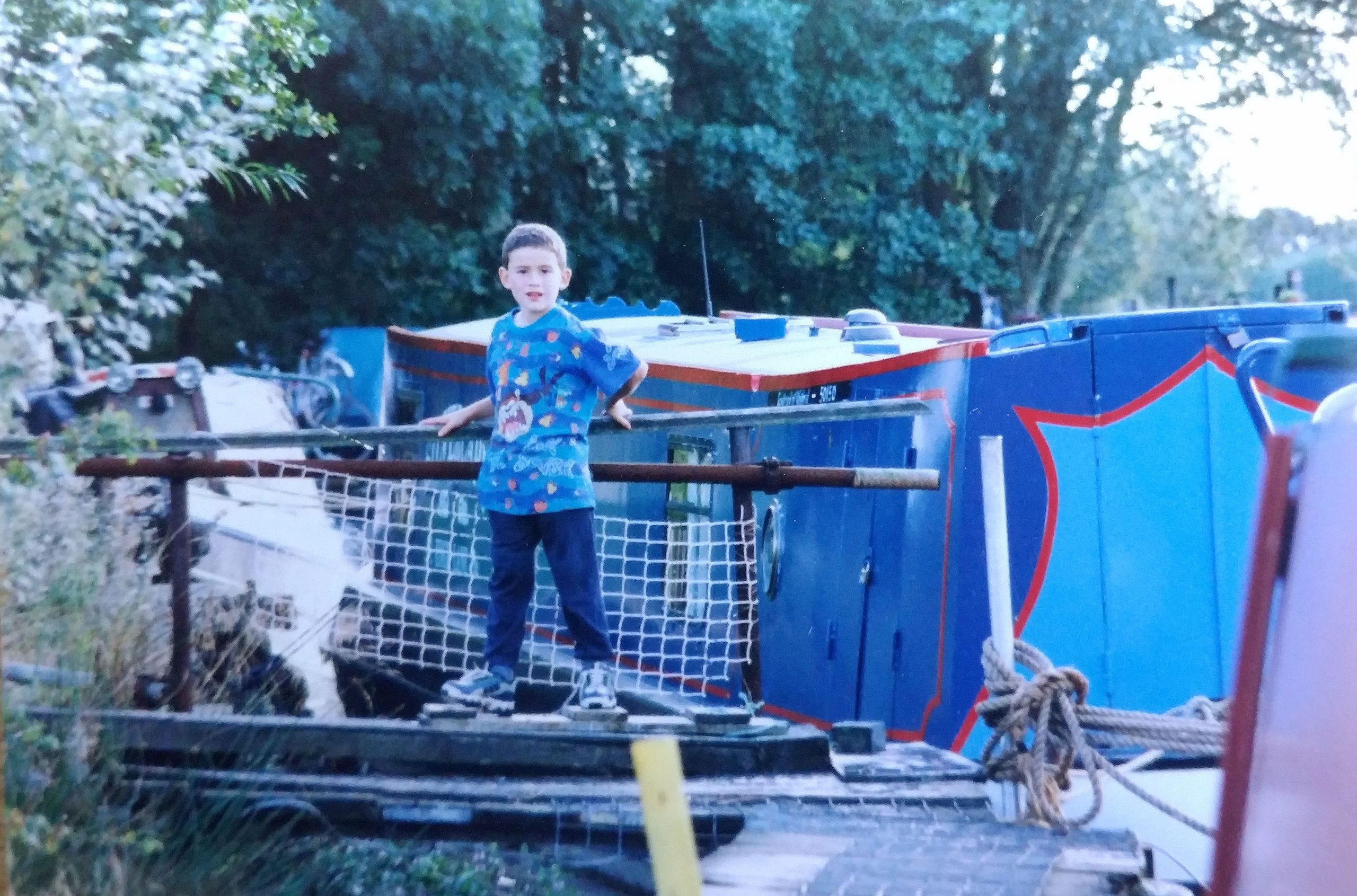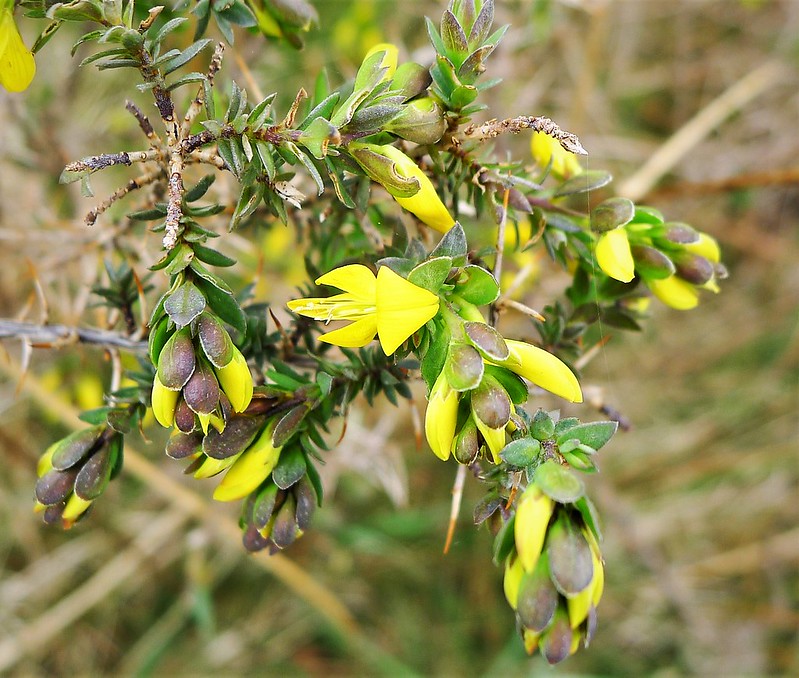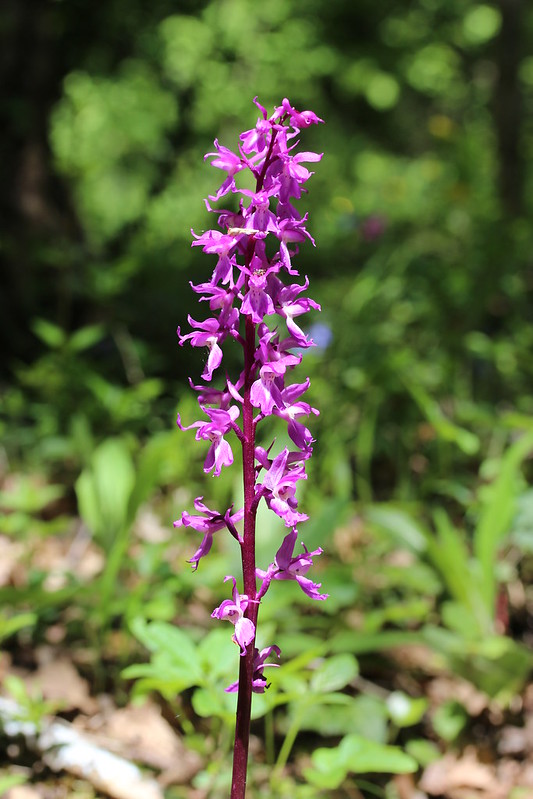Dr. Joe Bellis
Our January Conservation Champion, Dr. Joe Bellis, is a Postdoctoral Researcher with the Center for Plant Conservation. With his conservation research focus on the application of reintroductions and other forms of conservation translocations as a tool to help avert biodiversity loss, Dr. Bellis was the perfect collaborator to shepherd the re-launch of the CPC Reintroduction Database (CPCRD). We are grateful to Dr. Bellis for his invaluable work on the CPCRD which, by documenting and sharing the knowledge of our network of rare plant conservation experts, will help Save Plants from extinction.

When did you first fall in love with plants?
My love and appreciation of plants is actually a relatively recent development. Since I can remember, I have been passionate about nature and wildlife. I was lucky enough to spend the first seven years of my life on a canal boat in the English countryside, surrounded by nature. While I enjoyed watching ducks paddle past the window and fish bask in the afternoon sun, what really got me excited were the big unattainable animals, like lions, tigers, elephants, and buffalo – the things I’d seen in books or on TV. It wasn’t until my early teens that I started to broaden my taxonomic horizons, starting with birds, then butterflies, and then plants.
One plant family in particular piqued my interest. I remember the precise moment, while out on a spring walk with family and friends, when I noticed an unfamiliar species carpeting the woodland floor – the Early Purple Orchid (Orchis mascula).
As far as orchids go, this is not the most spectacular species, but it is impressive nonetheless, and my successful identification of it coincided with my first academic work on plants as part of my PhD. Nowadays, rare plants are the main focus of my day job as a postdoctoral researcher with the CPC. But I also enjoy nothing more than a walk in an urban greenspace, a local nature reserve, or some remote national park, attempting to identify as many plant species as I can and sharing my sightings with international recording schemes.
What was your career path to the field of plant conservation?
Following my bachelor’s degree in biological sciences, my area of conservation research has increasingly focused on the application of reintroductions and other forms of conservation translocations as a tool to help avert biodiversity loss. My bachelor’s and master’s theses examined the potential use of translocations for conserving threatened alpine bird species under alternative scenarios of climate change. For my PhD, I shifted taxonomic groups, initially focusing on ectothermic taxa, such as insects, amphibians, and reptiles, before moving on to plants in the final chapter of my thesis. This work centered around selection of sites for reintroduction, determining how well spatially explicit modelling approaches would retain site suitability under future climate change. Outputs from these models helped practitioners choose recipient sites for nine rare plant species restricted to lowland raised bog habitats.
Tell us about your role in launching the newly revamped CPC Reintroduction Database.
My work with the CPC began at the end of 2021, when I started working on a strategic plan to reintegrate a database of plant reintroductions into the CPC website, in order to create a useful guide for future conservation science and practice. My proposal called for two key outputs: a public-facing reintroduction registry and a comprehensive and fully updatable reintroduction database with more limited access. These two outputs – now live on the CPC website – harmonize multiple data assets, including the original CPC International Reintroduction Registry (CPCIRR), the REDCap Database for US Rare Plants, and new records collected directly from practitioners. The revamped database builds upon previous synthesis efforts by Dr. Joyce Maschinski, Dr. Ed Guerrant, and Dr. Matthew Albrecht, and its successful completion has only been made possible by the hard work and dedication of a large network of data contributors, who meticulously documented and shared their information on rare plant restoration.

Why is a tool like this useful in advancing plant conservation best practices?
The database allows practitioners and researchers to view detailed information on hundreds of plant reintroduction projects distributed across the United States. The 55 fields of data are standardized to facilitate evidence-based conservation. A practitioner can assess management actions and outcomes for reintroductions in a selected state or habitat type or for species with a particular biological trait, then apply the findings to their own project. The database is also designed to support scientific research that will ultimately contribute to the reintroduction protocols section of the CPC’s internationally recognized Best Practices guidelines.

What successes or challenges have you encountered in your work?
Perhaps the greatest challenge during the reintroduction database work was gaining permission from original data contributors to include their records in the revamped database. Many of the researchers and practitioners had changed positions since the records were assembled (five years ago for the REDCap Database and more than thirteen years ago for the CPCIRR). This caused a barrage of email bounces that required investigative work to acquire contact information for whoever was now in charge of the reintroduction project. Thankfully, with a great deal of help from the friendly plant conservation community, this aspect of the work was an overwhelming success, with responses for more than 90% of reintroduction projects.
What has surprised you about working with and learning more about rare plants?
I am currently involved in a synthesis of rare plant reintroductions that aims to identify the processes most important to different measures of success. It has been surprising how much the success rates and the factors influencing project outcomes vary between – and even within – species of rare plants.
What advice would you give to those who wish to learn more about how they can help save imperiled plant species?
Everyone can find a way to help conserve imperiled plants. A great place to start would be to find out about the rare and threatened species in your region and share this information with others. Your local botanical garden, native plant society, or land trust will be able to advise you on the most threatened species in your area and suggest potential opportunities for practical involvement. The conservation community is always in need of new recruits, and you can make a valuable contribution no matter your skillset or time availability.